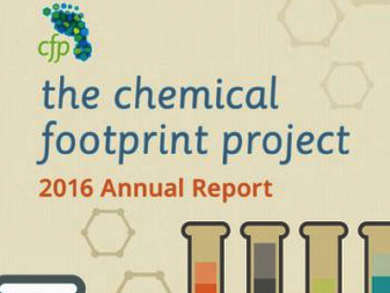The Chemical Footprint Project shows how leading companies manage chemicals in their products and supply chains and makes suggestions on how companies might manage chemicals of high concern (CoHCs) in the future. The project is a new initiative backed by 24 companies including Levi’s, Seagate, and Johnson & Johnson.
The just released Chemical Footprint Project report looks at the financial risks that companies face due to CoHCs in their products and supply chains. The report is based on a 20 questions survey including questions on management strategy (20 points), chemical inventory (30 points), footprint measurement (30 points), and public disclosure and verification (20 points).
Key findings of the report include that companies need comprehensive policies installing leadership, training, and incentives where chemical hazards in manufacturing, supply chains, packaging, and products are addressed. Such changes initially may be resource-intensive. However, according to the report, they can result in increases in customer trust and loyalty and open up new business opportunities, especially for companies that sell directly to consumers.
The Chemical Footprint Project aims at providing a standard by consistently evaluating suppliers and by helping investors to decide which firms bear the highest chemical risk and which are best positioned to capture new markets with safer products.
- Chemical Footprint Project, 2016 Annual Report.




